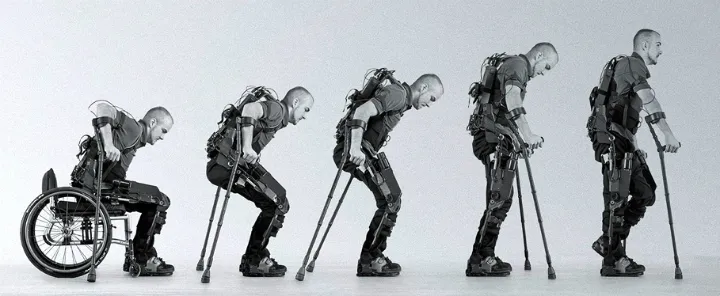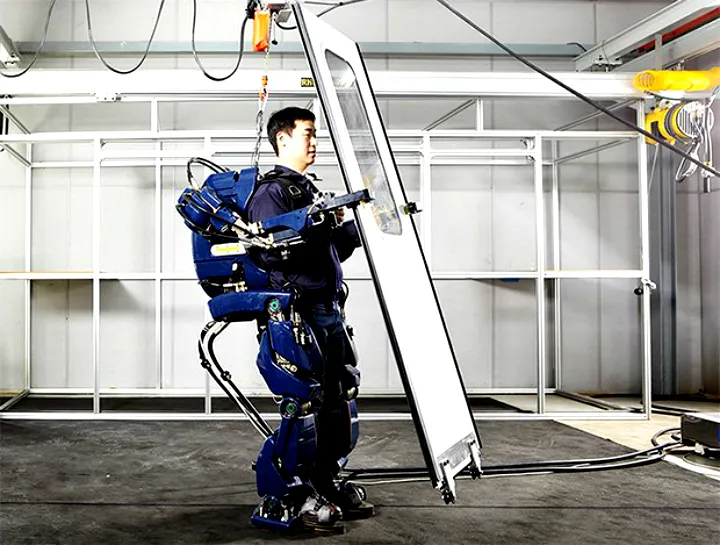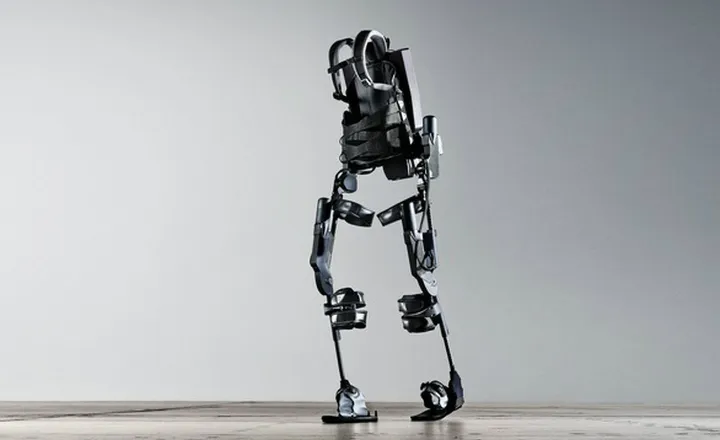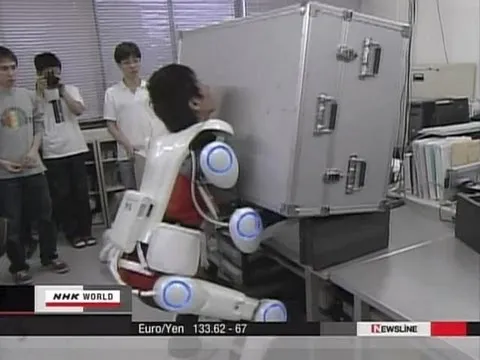
The fear of being usurped by robots has leapt from the pages of science fiction into the realm of reality.
At this point in our history we are experiencing massive amounts of paranoia in regards to AI. The concept of the singularity, a point in our not-too-distant future whereby machines will be able to autonomously out think us, is a very real one.
Part of that paranoia is represented by a growing tide of fear of your job becoming automated and being replaced by a robot. Of course a person's paranoia will directly be correlated with the job they do. Some jobs are already being automated, with others soon to follow. For instance, it is hard to imagine that driverless transportation won't be the future of public transport.
However some jobs are safe, until at least the AI running the machines to do those tasks, gets significantly better. Other industries are able to automate certain tasks, however the costs become actually greater than employing humans. It is within that last definition of tasks that we are beginning to see a very interesting trend. One of man and machine coming together in a symbiotic, symtechnologic way.
The Rise Of The Human Machines

For the past decade or so, a number of companies have been developing exoskeletons. In the past few years especially this area of robotics has come along leaps and bounds.
If you've seen the film Aliens, you will have seen Sigourney Weaver sitting in a machine that allowed her to walk around and pick up boxes with ease, that weighed several times more than she did.
The science fact isn't that far away from the fiction, for some time now there have been medical applications in use. However now we are seeing the manufacture and production of industrial exoskeletons.
Ekso Bionics is one such company, that have provided product to the medical industry, and now they're branching out.
Their Eksovest is designed to help the wearer with light overhead tasks. Ford have given it to workers whose work requires them to continually lift their arms above their heads.
The vests give an assistance of between five and fifteen pounds in weight (2.2-6.8 kg). So making the lifting of tools above the head easier and greatly reducing the risk of repetitive strain.
Perhaps more in line with the machine in Aliens, the car manufacturer Hyundai has developed an exoskeleton that will enable a human being to lift objects weighing "hundreds of kilograms".
More and more players are coming into this market, even the Japanese electronics giant Panasonic have thrown their hat into the ring.
A Logical Progression

I believe the exoskeleton answers two age old problem in robotics.
*How do I get the thing to move in a useful and practical way?
How can I get it to act in an intelligent way when carrying out its tasks?
Having a human being inside a robot body, or at least one that behaves as such, answers these two problems elegantly and relatively cheaply.
The bonus of course is that particular human won't lose their job to a machine, instead, for eight hours a day, five days a week, they will become a machine.
Perhaps exoskeletons are a stopgap till the machines themselves become smart and agile enough to do the tasks we pay humans to do now.
Or maybe there will always be room for this technological symbiosis between man and machine. I for one applaud and embrace a future where the lines between our technology and our biology are blurred together.

Further reading & links
WHAT DO YOU THINK ABOUT THIS BRANCH OF ROBOTICS? DO YOU WORK IN AN INDUSTRY WHICH COULD BENEFIT FROM EXOSKELETONS? WOULD YOU WEAR ONE? AS EVER, LET ME KNOW BELOW!
